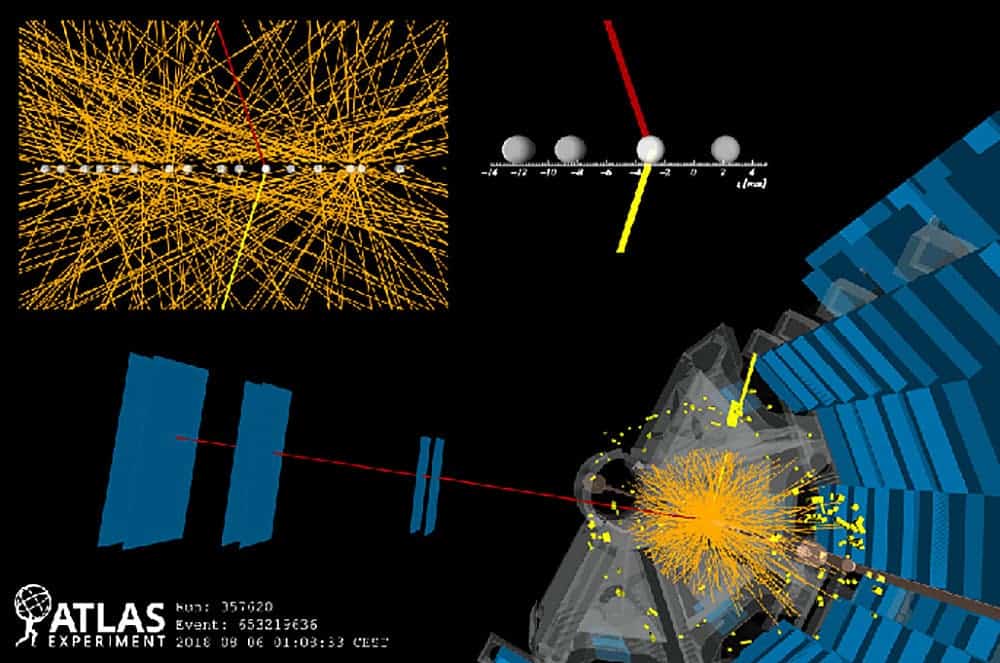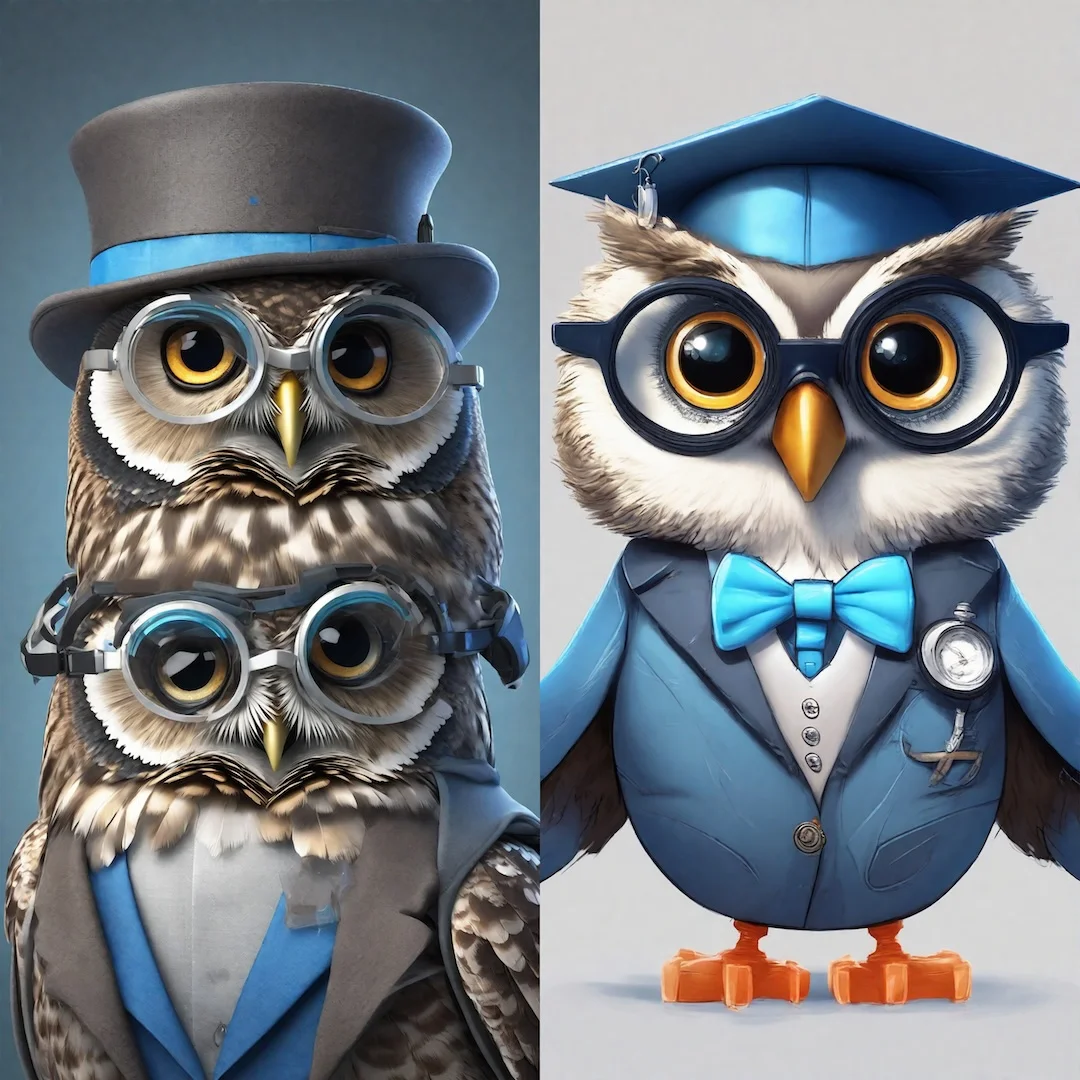
As another confirmation that we’re living in a quantum mechanical universe, physicists have used the Large Hadron Collider (LHC) in Switzerland to generate matter from energy. Specifically, photons were merged and transformed into W bosons, which are particles that carry a weak force.
For centuries, scientists trained in classical physics lived by an immutable mantra: no matter what happens in the universe, mass is always conserved. What goes in, must always come out. But then came Albert Einstein, whose theory of special and general relativity showed that different observers would disagree about what the energy of a system was, hence mass couldn’t be the only conserved quantity.
Ultimately, this is how we wind up with the most famous equation in physics, E = mc².
I’ll leave it to Einstein himself to explain the equation:
“It followed from the special theory of relativity that mass and energy are both but different manifestations of the same thing — a somewhat unfamiliar conception for the average mind.”
From the soundtrack of the film, Atomic Physics. Credit: J. Arthur Rank Organization, Ltd., 1948.
This also means that mass can be converted into energy and vice-versa. At the LHC, scientists regularly smash particles accelerated close to the speed of light together, transforming the particles into energy and then back into different types of particles.
But you can skip a step. In a recent update, CERN researchers working with the ATLAS experiment describe how they were able to collide two photons together, which are massless particles of light. As a result, the interaction led to the formation of W bosons, particles that have both mass and charge, and which play a vital role in nuclear decay.
We’re literally bombarded with countless photons on a daily basis each time the sun rises, so why doesn’t this happen all the time? Einstein’s nifty equation yet again has the best explanation.
If you read the mass-energy equivalence equation from right to left, you’ll clearly see that a small amount of mass can produce a huge amount of energy due to the square of the speed of light (c²). That’s why relatively small hydrogen bombs can wreak devastation across thousands of square kilometers.
When the equation is read from left to right, the interpretation is that you need a boatload of energy to produce mass. One of the few places here on Earth where that kind of energy is possible to generate is at the LHC, the world’s largest and highest-energy particle collider, and the largest machine in the world for that matter.
“If you go back and look at Maxwell’s equations for classical electromagnetism, you’ll see that two colliding waves sum up to a bigger wave,” Simone Pagan Griso, a researcher at the US Department of Energy’s Lawrence Berkeley National Laboratory, told Symmetry Magazine. “We only see these two phenomena recently observed by ATLAS when we put together Maxwell’s equations with special relativity and quantum mechanics in the so-called theory of quantum electrodynamics.”
Along with Z bosons, W bosons are weak nuclear force carriers. The weak force is one of the four fundamental forces, alongside electromagnetism (which holds atoms together), strong nuclear force (which glues atomic nuclei together), and gravity.
According to the laws of electrodynamics, two intersecting light beams should never deflect, absorb, or disrupt one another. You can prove this for yourself at home if you happen to have two lasers handy.
However, quantum electrodynamics allows for light and matter to interact. These new findings actually confirm one of the main predictions of electroweak theory, namely that force carriers like W bosons interact with themselves.
“This observation opens up a new facet of experimental exploration at the LHC using photons in the initial state”, said Karl Jakobs, Spokesperson of the ATLAS Collaboration. “It is unique as it only involves couplings among electroweak force carriers in the strong-interaction dominated environment of the LHC. With larger future datasets it can be used to probe in a clean way the electroweak gauge structure and possible contributions of new physics.”









